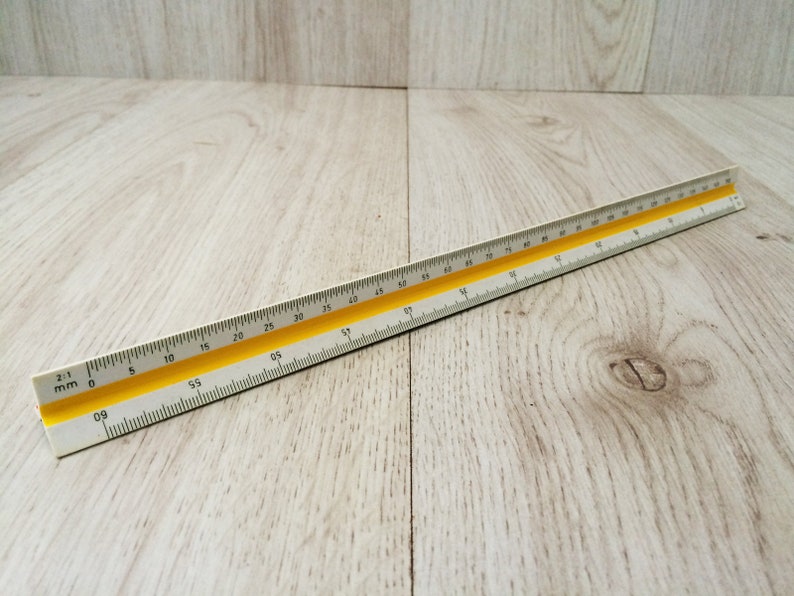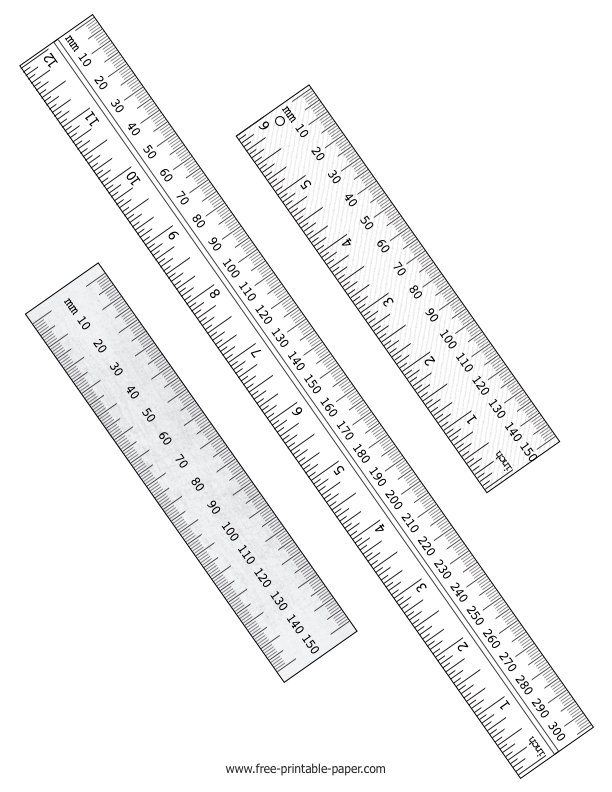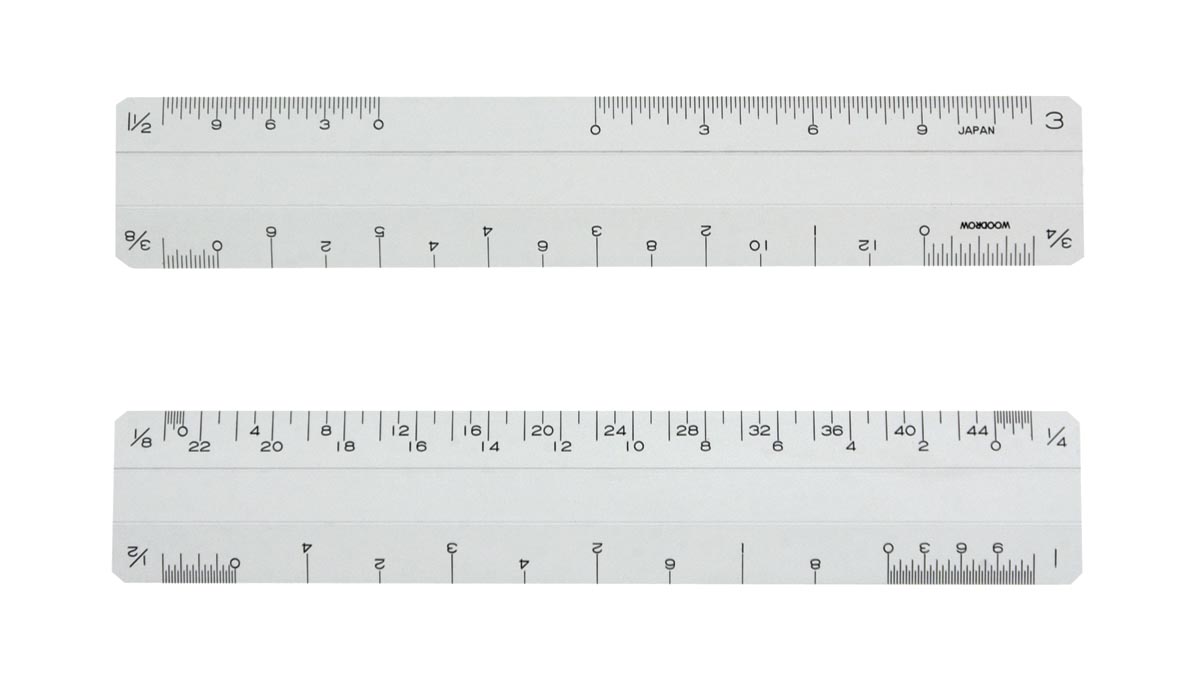

For example, a drawing to be plotted at 1:500 with drawing units in metres will have a plot scale of 1=0.5 which is 1000 times smaller than the figure for millimetres because there are 1000 millimetres in a metre. You will need to divide the scale by 1000 to get the correct figure. Working in metres is a little more complicated. For example, a drawing to be plotted at 1:500 with drawing units in millimetres will have a plot scale of 1=500. This will be different depending upon which drawing units you are using.Working in millimetres is straightforward because you can use the actual scale in the Plot dialogue box since plotted units are also in millimetres. The only other consideration you need to make when plotting in Model Space is the plotting scale.

Fortunately there is a straightforward formula which you can use to determine the actual size of your required sheet outline in drawing units.ĭrawing Units per metre x Scale x Sheet Size in metres For exampleĪn A3 sheet at 1:200 and drawing units in millimeters can be calulated as follows:Īn A3 sheet at 1:500 and drawing units in metres can be calculated as follows: However, drawing sheet outlines in Model Space is rather more complicated because you need to take into account both the intended plot scale and the drawing units (which may not be millimetres). The drawing sheet sizes in the table above can easily be used to draw sheet outlines in Paper Space since plotting from Paper Space should always normally be at a scale of 1=1 and Paper Space drawing units should be equivalent to millimetres. You can do this by typing Z E at the keyboard (Z is the keyboard shortcut for the Zoom command). If you cannot see all of the rectangle, use Zoom Extents to view the whole thing.
PRINT TO SCALE HALF MM LINES ISO
Top of page Drawing ISO Sheets in AutoCAD

For example, cutting an A3 sheet in half so that the cut is perpendicular to the longest side would result in two A4 sheets. The ISO paper sizes are devised in such a way that each smaller size is exactly half the size of the previous one. Use the sizes in the table below, which are the true ISO cut sheet sizes as a guide. In this example the "USER" size has been set to A3. If you look at the dialogue box above, you will see that it is possible to enter your own "USER" paper sizes which can be set as true ISO sizes. Despite this fact, AutoCAD still quotes the plotted area sizes in the plot dialogue box. For example, a true A3 print can be made from an A1 roll. To some extent this issue has been physically resolved by the use of roll feed plotters. See the "Paper Size" dialogue box on the right. Obviously it is not possible to print right to the edge of cut sheets, so the AutoCAD sizes quoted are always smaller than the true cut sheet size. There has alwas been some confusion over the size of standard ISO drawing sheets with AutoCAD.The stated sizes in the plot dialogue box are not the true ISO sizes, rather they relate to the plotted area on standard size cut sheets.


 0 kommentar(er)
0 kommentar(er)
